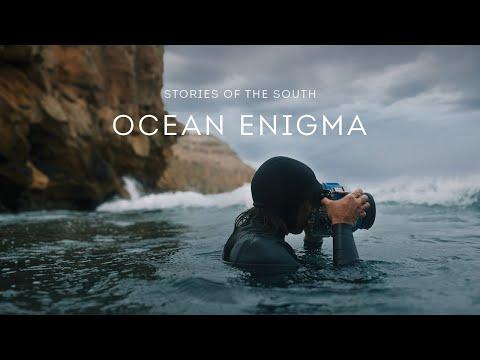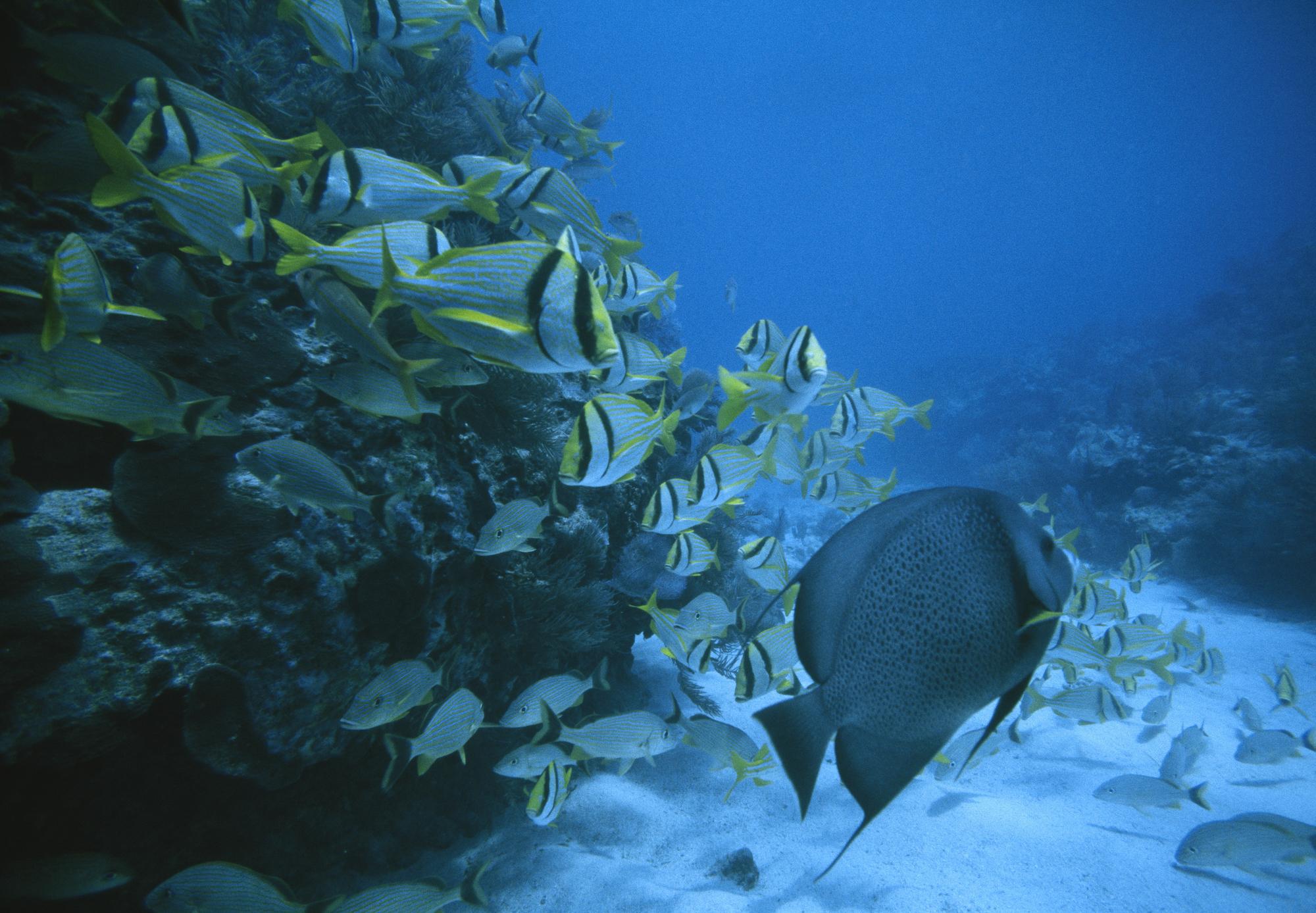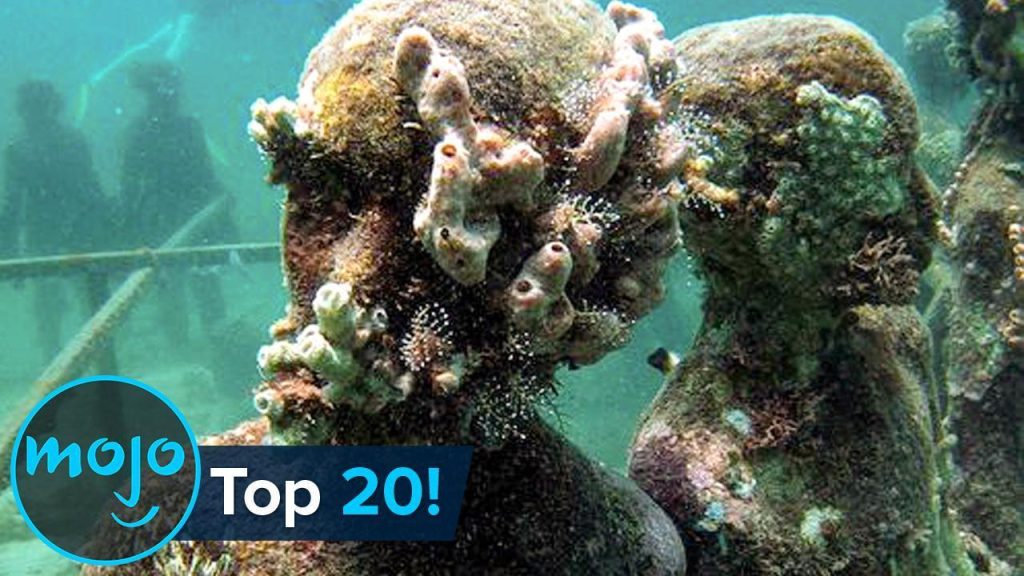Beneath the shimmering surface of our planet’s oceans lies a world as enigmatic as it is expansive. The vast blue stretches, teeming with life and hidden wonders, have long captivated the imagination of explorers, scientists, and dreamers alike. Yet, despite our advancements in technology and understanding, much of the ocean remains a shadowy realm, where secrets are held tightly in the depths and only whispers of their existence elude our grasp. “” invites you to dive into the profound depths of these waters, where we will explore both the marvels and the uncertainties that define this incredible ecosystem. Join us as we embark on an odyssey through the ocean’s layers, shedding light on the mystical creatures that inhabit its dark corners, the geological wonders that shape its bedrock, and the intricate relationships that sustain life in the abyss. With every wave and whisper, we shall uncover the stories waiting to be told in the realms of the deep.
Table of Contents
- Exploring the Uncharted Depths of Oceanic Enigmas
- Navigating the Intricate Ecosystems Beneath the Waves
- Conservation Challenges and Solutions for Oceanic Preservation
- Innovative Technologies Shaping Underwater Exploration
- Key Takeaways
Exploring the Uncharted Depths of Oceanic Enigmas

As we venture deeper into the shimmering blue, we uncover an exhilarating realm filled with bewildering phenomena and ancient secrets. The ocean, covering more than 70% of our planet, is a sprawling frontier that remains largely unexplored. Mysteries await us, nestled within the folds of dark trenches and vibrant coral reefs, compelling scientists and explorers alike to seek answers that lie beneath the surface. From enigmatic marine creatures with bioluminescent abilities to underwater ecosystems thriving in warmthless depths, the ocean presents an alien landscape that continually challenges our understanding of life itself.
Among the myriad of curiosities, one cannot ignore the most fascinating enigmas. Consider the following elements that pique the interest of researchers and adventurers:
- The Bermuda Triangle: A region notorious for mysterious disappearances of ships and aircraft.
- Giant Squid: Elusive creatures once thought to be mere myth, now found lurking in the abyss.
- Ancient Shipwrecks: Time capsules that reveal secrets of bygone maritime civilizations.
- Underwater Volcanic Activity: Volcanic eruptions that alter oceanic landscapes and influence global climate.
| Enigma | Location | Known Facts |
|---|---|---|
| Bermuda Triangle | Atlantic Ocean | Marked by high rates of aircraft and ship disappearances. |
| Giant Squid | Global Ocean | First photographed in 2004; a creature of the abyss. |
| Titanic Wreck | North Atlantic Ocean | Sunk in 1912, rediscovered in 1985. |
Navigating the Intricate Ecosystems Beneath the Waves

As we plunge deeper into the vibrant marine world, we encounter multifaceted ecosystems that thrive in the darkness. Beneath the surface, life flourishes in astonishing ways, from the iridescent colors of the coral reefs to the mysterious depths of the abyssal plains. These ecosystems are not just isolated microcosms; they are interconnected realms brimming with diversity and drama. Corals, for example, form complex structures that serve as vital habitats for countless species, while the kelp forests provide essential nursery grounds for fish and other marine creatures. These underwater gardens exemplify the remarkable adaptability of life in overcoming the challenges of their environment, demonstrating the delicate balance of existence below the waves.
In this submerged domain, each organism plays a pivotal role in its community. The intricate relationships among species create a web of interactions that is both fascinating and critical for ecosystem stability. Among them are:
- Predators like sharks that help maintain the balance of fish populations
- Herbivores such as sea turtles that graze on seagrass, promoting growth
- Decomposers that recycle nutrients, ensuring energy flow within the ecosystem
To visualize this complexity, consider the following table illustrating the roles of key species within these marine ecosystems:
| Species | Role in Ecosystem |
|---|---|
| Coral | Provides habitat and protection for marine life |
| Sea Urchin | Controls algae growth to maintain balance |
| Octopus | Top predator, maintains population control |
| Plankton | Base of the food web, essential for energy transfer |
Conservation Challenges and Solutions for Oceanic Preservation
The ocean, a vast expanse of life and mystery, faces myriad conservation challenges that threaten its ecological balance and health. Among these are overfishing, pollution, and climate change, each contributing to the degradation of marine ecosystems. The impacts of human activities have resulted in diminished fish stocks, endangered species, and the deterioration of coral reefs. Particularly alarming is the increase in plastic waste, which not only harms marine life but also enters the food chain. Effective solutions must be implemented to combat these issues, including:
- Establishing Marine Protected Areas (MPAs): Designated regions that limit human activity to promote biodiversity.
- Regulating Fishing Practices: Implementing sustainable fishing techniques to prevent overexploitation.
- Enhancing Waste Management Systems: Improving recycling and waste processing to reduce ocean pollution.
In addition to immediate actions, long-term sustainability requires international cooperation and community engagement. Educational initiatives can empower local populations to become stewards of their marine environments, while technology plays a crucial role in monitoring and protecting these ecosystems. Innovative solutions such as:
- Satellite Oceanography: Utilized for monitoring water health and detecting illegal fishing.
- Bioremediation Techniques: Using microorganisms to clean up oil spills and other pollutants.
- Community Fisheries Management: Local management practices yielding better fishery outcomes.
By combining ethical stewardship with scientific advancements, we can pave the way for a healthier ocean and a more sustainable future.
Innovative Technologies Shaping Underwater Exploration
The depths of the ocean, once considered impenetrable, are now being explored like never before thanks to cutting-edge technologies. One of the most remarkable advancements is the development of autonomous underwater vehicles (AUVs). These unmanned crafts are equipped with sophisticated sensors and imaging systems, allowing them to navigate treacherous underwater terrains while collecting valuable data on marine life, geology, and water chemistry. Their ability to operate without human intervention makes them invaluable for long-term monitoring of ecosystems, particularly in remote and deep-sea environments where traditional methods fall short.
In addition to AUVs, robotic submersibles have revolutionized our understanding of the deep sea. These remotely operated vehicles (ROVs) can reach depths of over 10,000 meters and capture high-definition video footage, providing insights into areas previously thought unreachable. The integration of machine learning algorithms into these technologies enables scientists to analyze vast amounts of data, identifying patterns and anomalies in oceanic behavior. Key technologies driving this evolution include:
- Sonar Imaging: Produces detailed maps of the ocean floor, enhancing habitat assessments.
- Bioluminescence Sensors: Detect light emissions from marine organisms, revealing ecological interactions.
- Environmental DNA Analysis: Helps in identifying species presence through collected water samples.
Key Takeaways
As we draw our exploration of oceanic mysteries to a close, we find ourselves standing at the edge of an enigmatic abyss—one that invites further inquiry and ignites our boundless curiosity. The ocean, with its colossal depths and concealed wonders, serves as both a captivating playground for discovery and a humbling reminder of our planet’s secrets. Each dive into this vast blue expanse reveals not just the creatures that call it home, but also the stories waiting to be told—of evolution, ecological balance, and the powerful currents that sway our climate.
In our quest to unveil these mysteries, we are reminded of the profound connection we share with the sea; a connection that beckons us to respect and protect the delicate ecosystems that thrive beneath the waves. As we navigate forward, let this journey inspire a sense of stewardship for our oceans. Whether through science, conservation, or simply fostering a deeper appreciation for the natural world, the call of the abyss is one that carries significant weight.
So, as we leave the depths behind for now, let us carry with us the echoes of our findings—both the beauty and the fragility of the ocean. For in the vast expanse of water that envelops our planet, there will always lie more to discover, more to learn, and, ultimately, more to safeguard for generations to come.



